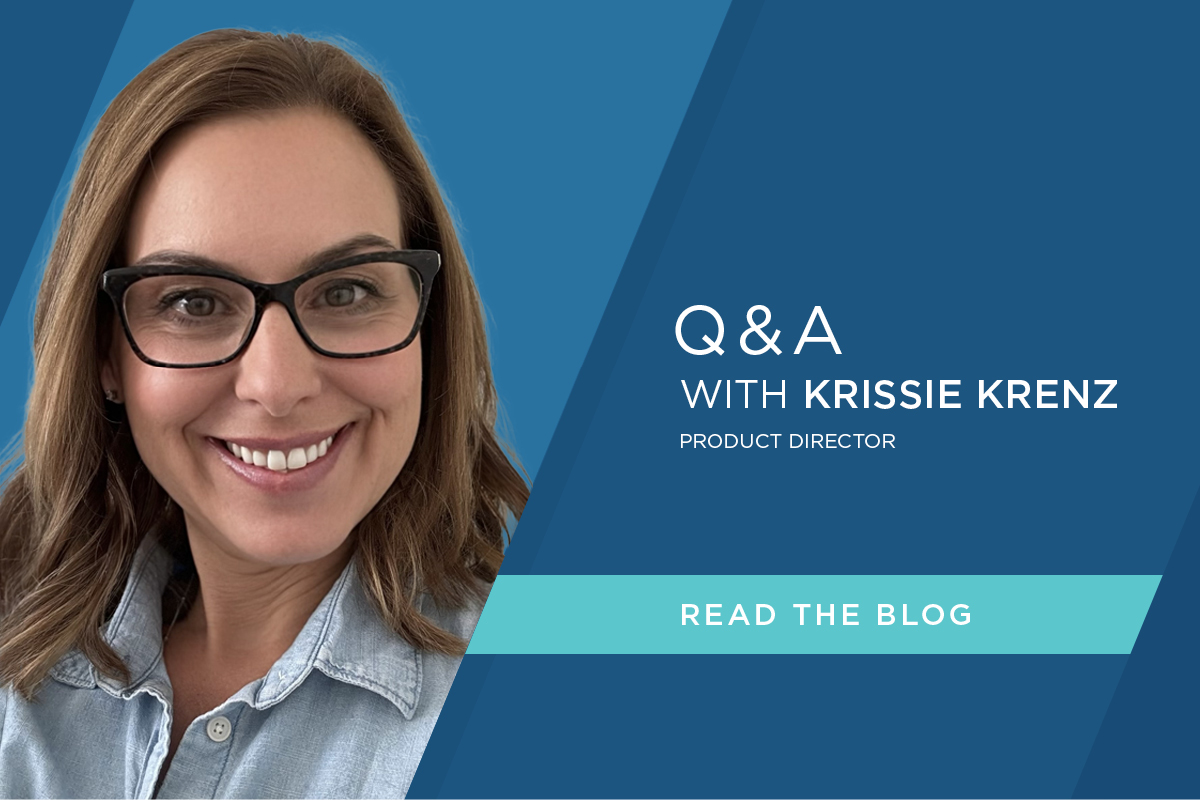Summary
Feedback is a gift – one that most prefer came with a gift receipt and could be returned or exchanged for something more desirable.
As business leaders continue to strive for higher levels of productivity and innovation at lower costs, many are finding that the latest and greatest management solutions alone cannot deliver long-term sustainable results. In this climate, leaders may see better results by accepting greater accountability and proactively receiving and providing feedback. To better understand the nuances and benefits of this process, let’s take a look at the best ways to provide and receive feedback
First, if you are providing feedback you have a significant role to play, as you will likely only be successful delivering this type of information to those with whom you’ve built trust. You must demonstrate that you have the other party’s best interest in mind – something that can be best accomplished by promoting a win-win outcome and practicing active listening. You’ll want to avoid advising before listening and shouldn’t take on the role of problem solver – let the recipient do that for themselves.
Tough messages can be hard to deliver, yet sugar coating them or skirting around the issue will decrease effectiveness. Make your feedback clear. Be aware of the timing and conditions in which you share the information. Feedback is most effective when the receiver is open to it and most people prefer to hear negative feedback in private.
Next, as a recipient of feedback, quickly shedding the victim mentality and embracing the information provided can lead to significant personal and professional growth. As Ken Blanchard stated, “Feedback is the breakfast of champions.” Most organizations have structured feedback mechanisms such as annual performance appraisals and scheduled one-on-one time between employees and their direct leaders. Preparation for these scheduled opportunities is key. Preparedness will put you in a positive frame of mind which can set the tone for these discussions. It’s never too early to begin prepping for a performance appraisal.
Here are a few tips for preparing for your review:
- Know and understand your organization’s performance review process;
- Fully complete all performance appraisal self-evaluation forms, aligning your performance ratings with supporting performance examples. Use the opportunity to remind/inform management of your achievements;
- In addition to your self-evaluation, provide other relevant documentation. Examples include positive emails from clients; a list of continuing education; conferences and training sessions you’ve attended, etc.
If these scheduled feedback sessions aren’t working for you, seek additional routes. Anne Saunier, of the business magazine Fast Company put it this way, “There’s feedback all around you – if you pay attention. If you’re not getting enough feedback, ask for it.” Other opportunities for gaining feedback include formal and informal mentor relationships, Business Resource Group networks and internal and external customers.
Finally, once you’ve received feedback, you need to do something with it. Think back to your school days, or even as recent as this past December. How many of us had high hopes that the start of a new school year or new calendar year would bring about a whole new us? How did that work out? In order for real change to occur, the change needs to be something you’re excited about and that’s important to you. Having a support team or network rallying alongside you will improve your chance of success. And, the road to a better you is a continuous journey, not a quickly made up resolution over a glass of bubbly.
So, be sure to take advantage of the formal and informal opportunities around you for collecting feedback. Play an active role embracing what you learn about yourself and strive to understand it. And, most importantly, make improvements based on the feedback you receive.



